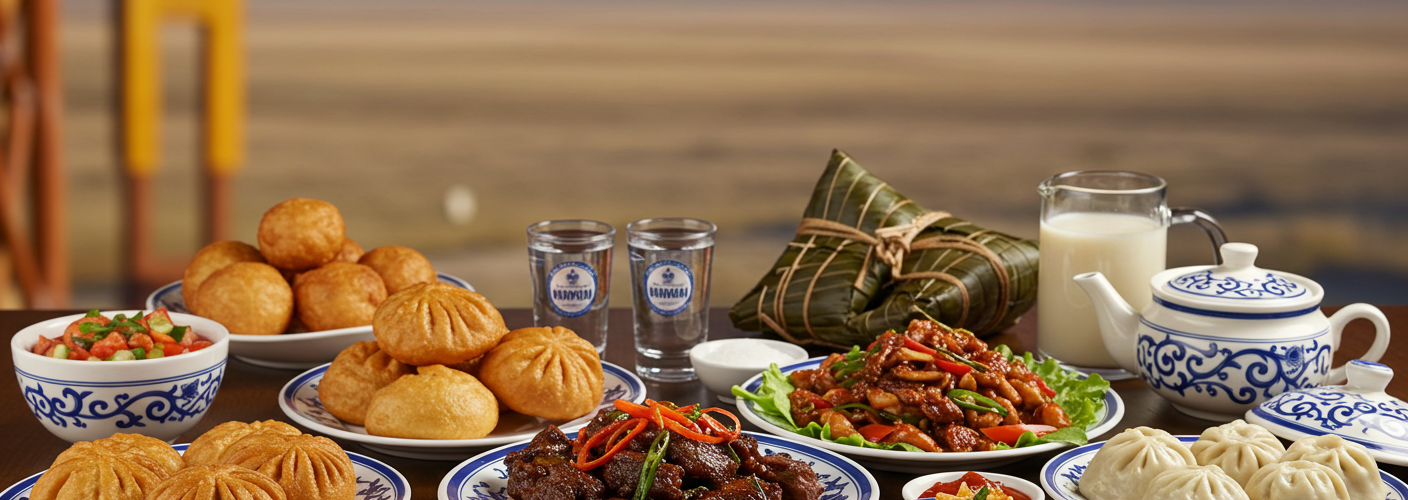Mongolian cuisine is a delightful reflection of the country’s unique geography, culture, and history. Nestled between two great neighbors—Russia and China—Mongolia has developed a distinctive culinary identity that is both hearty and flavorful. The landscape, characterized by vast steppes, mountains, and a harsh climate, has greatly influenced the types of food that are staples in this region. For anyone looking to explore the wonders of Mongolia food, here’s an overview that encapsulates the essentials.
At the heart of Mongolian cuisine lies the reliance on livestock. The nomadic lifestyle of the Mongolian people means that their diet prominently features meat, particularly from animals such as sheep, goats, horses, and camels. One of the most iconic dishes is buuz, which are steamed dumplings filled with minced meat, often seasoned with onion and garlic. This comforting dish is a staple during the chilly winters and is enjoyed by locals and visitors alike.
In addition to buuz, another beloved dish is khuushuur, a type of deep-fried meat pie. It is typically larger than buuz and features a crispy exterior with a succulent filling. Both of these dishes showcase the significant role that meat plays in the diet of Mongolians, with special occasions often marked by lavish feasts featuring a variety of meat dishes.
Mongolians also take pride in their dairy products, thanks to the abundant livestock herding. Aaruul (dried yogurt) and airag (fermented mare’s milk) are just a few examples of traditional dairy foods that are vital to the diet. Airag, particularly, is cherished and is often served at celebrations. The fermentation process gives it a slightly sour taste, and it’s not uncommon for gatherings to feature this unique beverage in a ceremonial manner.
Vegetables and grains do play a role in the cuisine, though they are much less emphasized than meat and dairy. Given the climate, root vegetables like potatoes and carrots are more common, along with grains such as barley and flour. These ingredients often come into play in various hearty soups and stews that are perfect for warming up during Mongolia’s brutal winters.
Mongolian cooking methods often involve unique traditions, including cooking over open fires or using traditional stone ovens. The famous khaluu, or mutton stew, is a dish that epitomizes this cooking style. Slow-cooked with various herbs and spices, it is a favorite during family gatherings and serves as a wonderful way to appreciate the rich flavors of the country.
In recent years, there has been a growing interest in Mongolian food beyond its borders, with restaurants celebrating the cuisine popping up in urban centers across the world. These establishments often blend traditional dishes with modern flair, making Mongolian cuisine accessible to a wider audience.
For food enthusiasts, experiencing Mongolia’s culinary offerings is more than just a meal; it is a glimpse into the country’s culture and traditions. Whether it’s through the warmth of a steaming bowl of buuz or the tangy refreshment of airag, Mongolia food represents the resilience and ingenuity of a people who have thrived in one of the world’s most challenging environments.
For those eager to explore, learning about Mongolia food offers not only a culinary adventure but also a richer understanding of the history and lifestyle of Mongolia. So as you delve into this unique cuisine, remember that every bite tells a story of its own.




Add comment